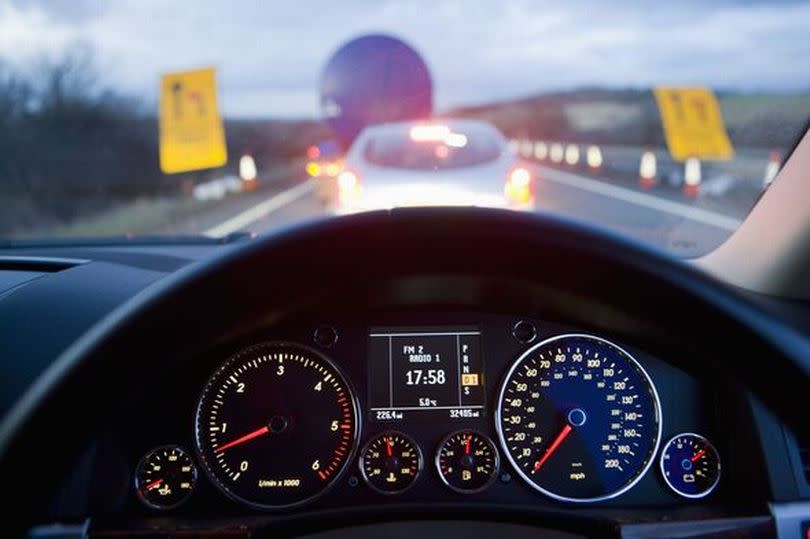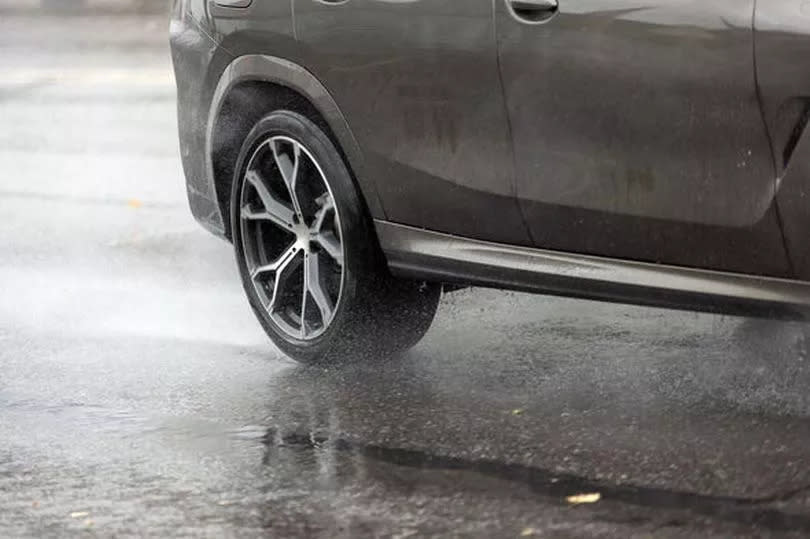Drivers are just discovering the tiny car arrow symbol that can save a lot of hassle

Motorists are just discovering a handy car feature that can help drivers avoid a headache.
How often have you pulled into a petrol station in a hire car, only to realise you don't know which side the petrol tank is on? Guessing incorrectly can be more than just a nuisance, as it either requires a tricky manoeuvre or an attempt to stretch the hose all the way around to the other side of the vehicle.
Even if you've spent many years driving your own, borrowed, or rented vehicles, including the dreaded hired moving lorries, you may be surprised to learn that there's a small arrow next to most petrol gauges indicating which side it's on.
This feature has been standard on new cars for nearly a decade, so next time you're about to fill up a new car, check the dashboard for it.
Cars are full of features that owners may not know about, or what they actually do. Below you can learn about several car features and how they actually work. This includes the car's grab handle, which many passengers use to keep upright, but this isn't its true purpose.
You can read the full list below, as reported by the Express.
Grab handle
Above each car door, there's usually a handle. You've likely always assumed these are there to give you something to hold onto while the driver takes corners a bit too quickly for your liking.
However, according to cars.com, these handles are actually very useful for someone with limited mobility trying to get in or out of the car.
A wheelchair user or anyone lacking leg strength can use them for stability while manoeuvring into a comfortable position. They function similarly to bathroom grab bars.
Road condition indicators
The location of the petrol cap isn't the only intriguing feature you'll discover if you pay attention to the dashboard of a new motor. When driving in frosty weather, you might spot an unusual dashboard light that resembles a road with a snowflake on it.
This is intended as a warning that the external temperature is low enough for roads to freeze, according to mycardoeswhat.org, a site established by the National Safety Council and the University of Iowa.
Stability control

When navigating wet or icy roads, you may occasionally notice a dash light flash depicting a small car skidding. This is a sign that your stability control function has been momentarily activated to keep you on the straight and narrow (quite literally).
All motors sold in the United States since 2011 have been mandated to include stability control, as per mycardoeswhat.org.
Sensors can detect if the vehicle is turning too much (preparing to spin out) or not turning enough (risking veering off the road), and it applies the brakes on one or more wheels to manage the turn.
If there's a button in your car that allows you to disable stability or traction control, disregard it. The only instance you'd need to switch off this feature is when attempting to free the vehicle from deep snow, as stated by mycardoeswhat.org.
Tyre pressure monitor
Since 2008, all new cars have been equipped with sensors that keep an eye on your tyre pressure. They alert you if you're running low on air by lighting up a dashboard symbol that typically resembles a tyre's cross-section with an exclamation mark inside.
In some of the latest models, the indicator even specifies which tyre is losing air. To find out the ideal tyre pressure for your vehicle, refer to your car's manual.
Front fog lights
These are designed to light up the immediate vicinity around the vehicle when driving in conditions of poor visibility, fog lights are an additional set of small illuminators located below the headlights and tail lights.
Almost every vehicle has them at the back, but not all have them at the front, where they can be most beneficial to the driver. They provide the driver with more visual reference points during foggy or snowy conditions when the road ahead is difficult to see.
Don't miss the latest news from around Scotland and beyond. Sign up to our daily newsletter.

 Yahoo News
Yahoo News 
